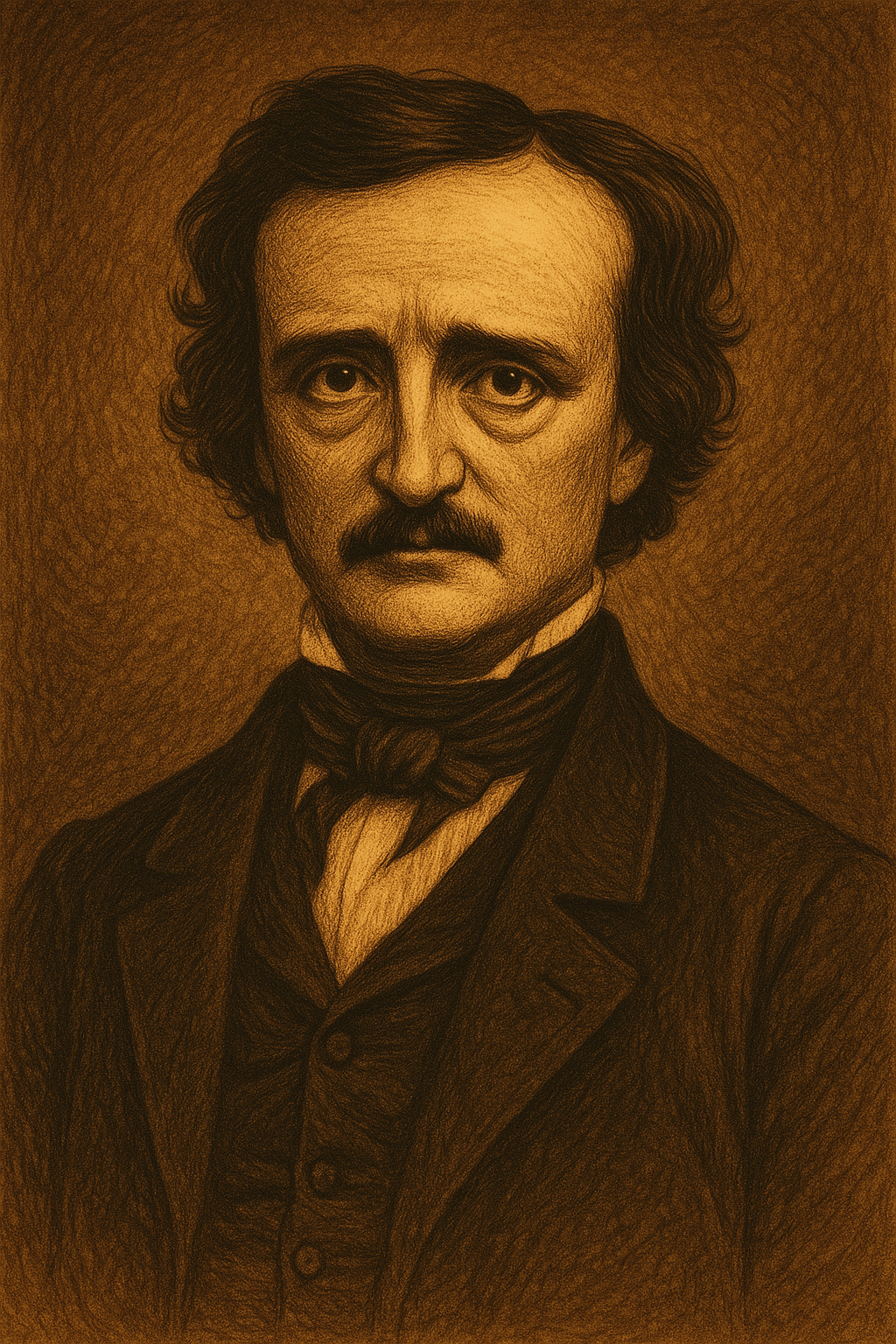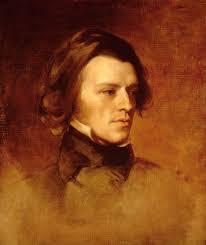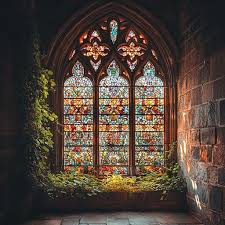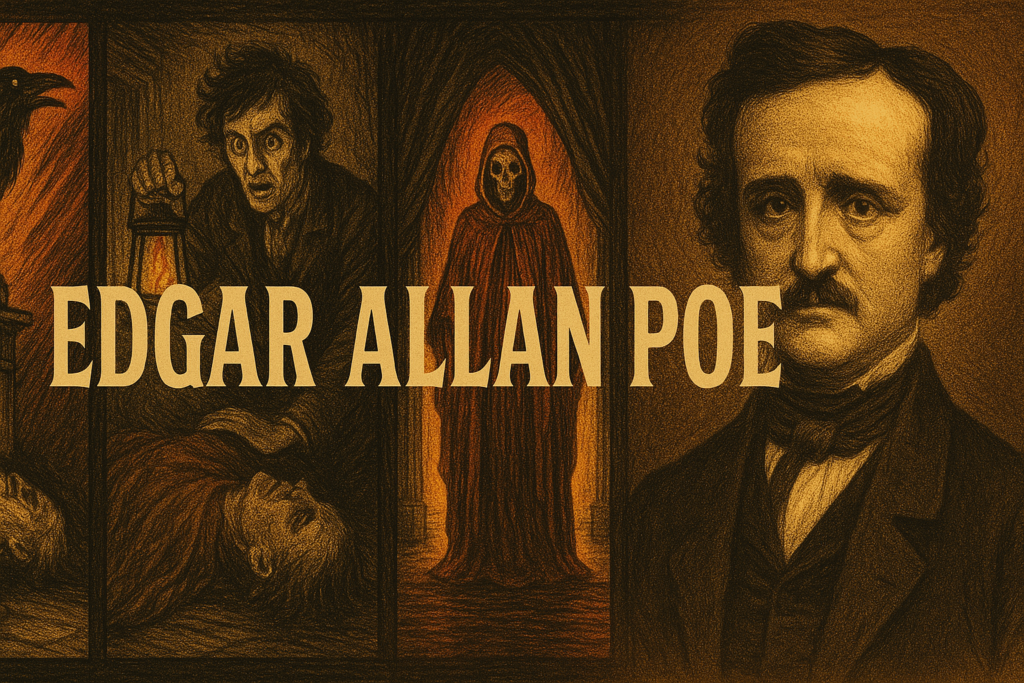
Let’s travel into a tiny portion within the world of Gothic literature. When one thinks of Gothic literature, shadowed corridors, and the haunting echo of a beating heart beneath floorboards, one name inevitably rises from the depths—Edgar Allan Poe. Far beyond being simply a writer of the macabre, Poe was an artist of atmosphere. His works are as much about design as they are about narrative, crafting emotional architecture through language, structure, and tone. Poe is an intriguing study in how literary composition mirrors visual composition: balance, contrast, mood, and detail. He is both an intriguing and somber subject for this week’s topic.
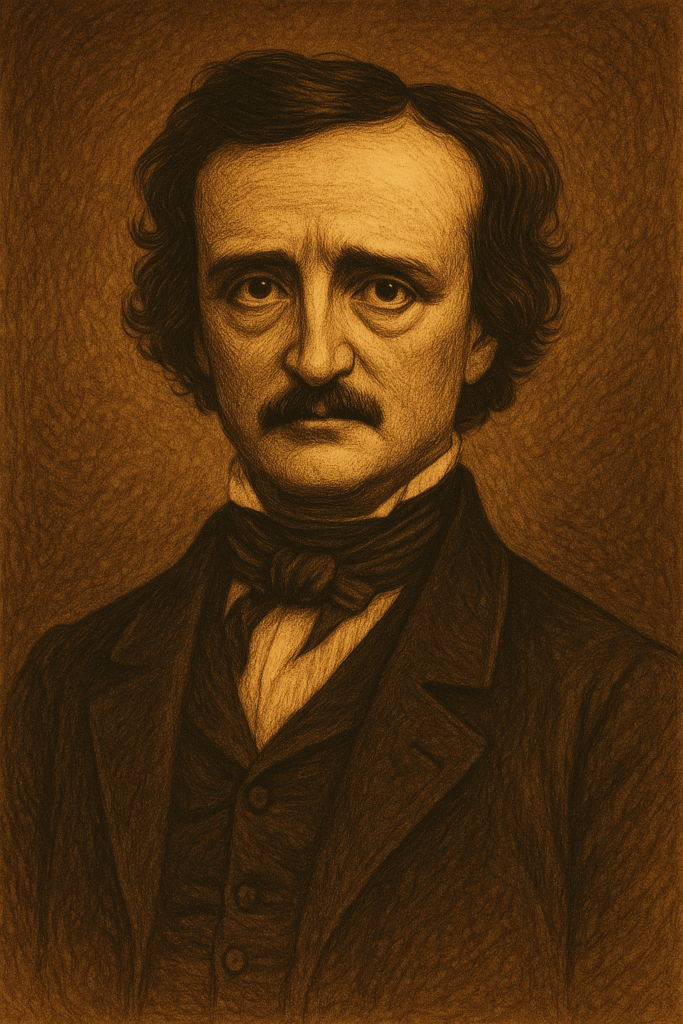
A Brief Biography
Born January 19, 1809, in Boston, Massachusetts, Poe’s early life was tinged with loss. His father abandoned the family, and his mother—an actress—died when he was just two years old. Poe was taken in by John and Frances Allan of Richmond, Virginia, whose mercurial support shaped his turbulent path.
He showed early promise as a student, attending the University of Virginia, but debts and disputes with Allan forced him to leave. A short stint in the U.S. Army led him to the U.S. Military Academy at West Point, where he excelled academically but deliberately courted expulsion to pursue writing full-time.
Career and Literary Legacy
Poe’s career was as volatile as it was influential. He worked as an editor and literary critic, earning both admiration and enemies for his sharp, exacting reviews. But it was his poetry and short fiction that immortalized him: works like The Raven (1845), The Tell-Tale Heart (1843), The Fall of the House of Usher (1839), and Annabel Lee (1849) became cornerstones of American literature.
What made Poe stand out was not just his subject matter—death, madness, love, and the supernatural—but his precision of craft. His essays, like The Philosophy of Composition, reveal a methodical mind obsessed with unity of effect. In design terms, Poe was a master at ensuring every element—tone, pacing, imagery—served the overall mood.
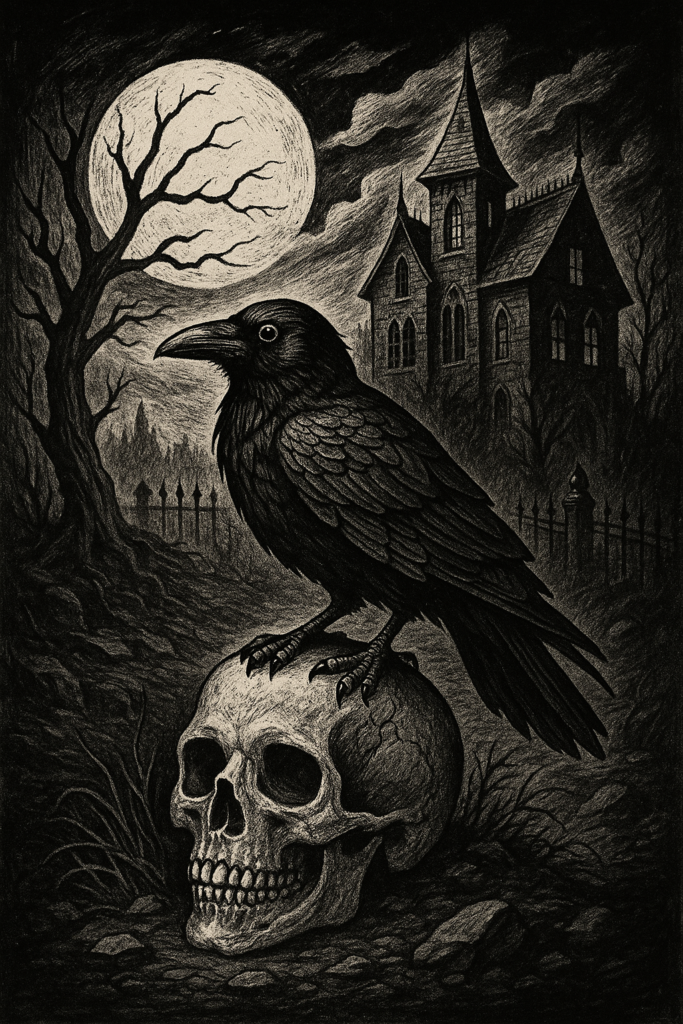
The Designer’s Eye in Poe’s Prose
For a design-oriented reader, Poe’s work is a lesson in atmospheric construction:
• Mood as Palette: Like a painter selecting pigments, Poe carefully layered imagery—velvet darkness, pallid light, shadowed architecture—to evoke dread or melancholy.
• Architectural Storytelling: His settings often function like characters. The decaying mansion in The Fall of the House of Ushermirrors the mental collapse of its inhabitants, much like how architectural design can embody emotion.
• Contrast and Composition: Poe balanced beauty with horror, lyrical verse with terse sentences, creating a rhythm akin to visual harmony in design.
• Symbolism as Ornament: Much like a carved detail on a Gothic arch, Poe’s symbols—ravens, bells, masks—add depth without overpowering the main structure.
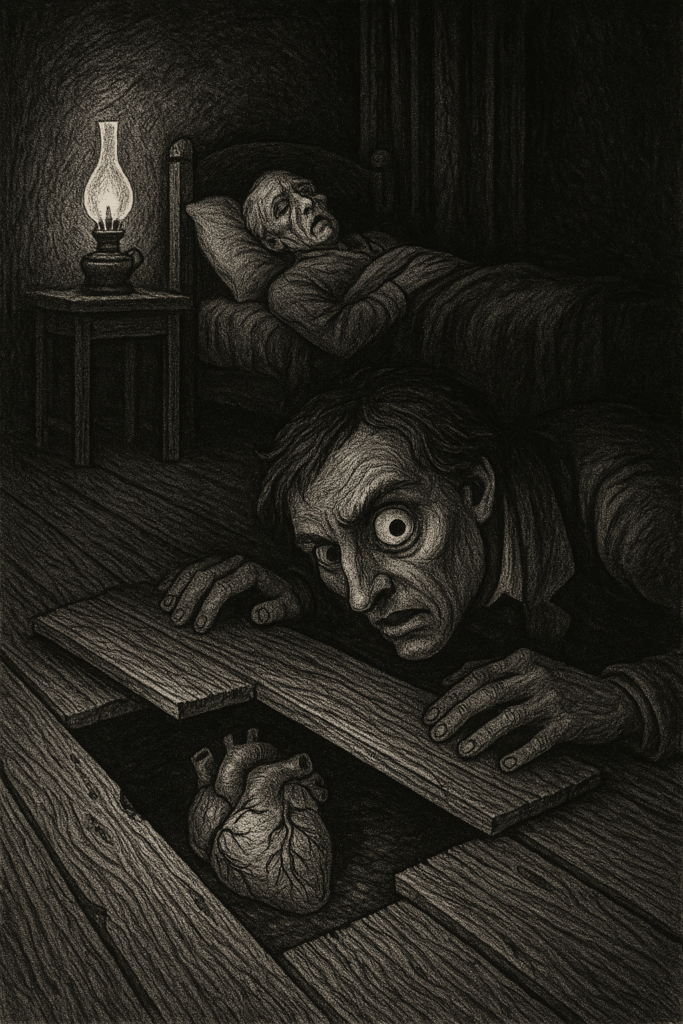
Personal Struggles and Final Years
Poe’s life was marked by poverty, personal loss, and illness. His marriage to his cousin Virginia Clemm was tender but tragically short; she died of tuberculosis in 1847, a blow from which Poe never recovered. Two years later, on October 7, 1849, Poe died under mysterious circumstances in Baltimore, after being found delirious and dressed in clothes not his own. The cause remains a subject of speculation—alcohol, rabies, political kidnapping—but like his stories, the truth is veiled in shadow.
Poe’s Enduring Influence on Art and Design
Poe’s aesthetic has rippled far beyond literature:
• In Visual Arts: Artists from Édouard Manet to Harry Clarke have illustrated his works, inspired by his stark contrasts and ornate Gothic imagery.
• In Architecture: Gothic Revival designers drew on the same atmospheric sensibilities found in his tales—pointed arches, shadowed recesses, and dramatic silhouettes.
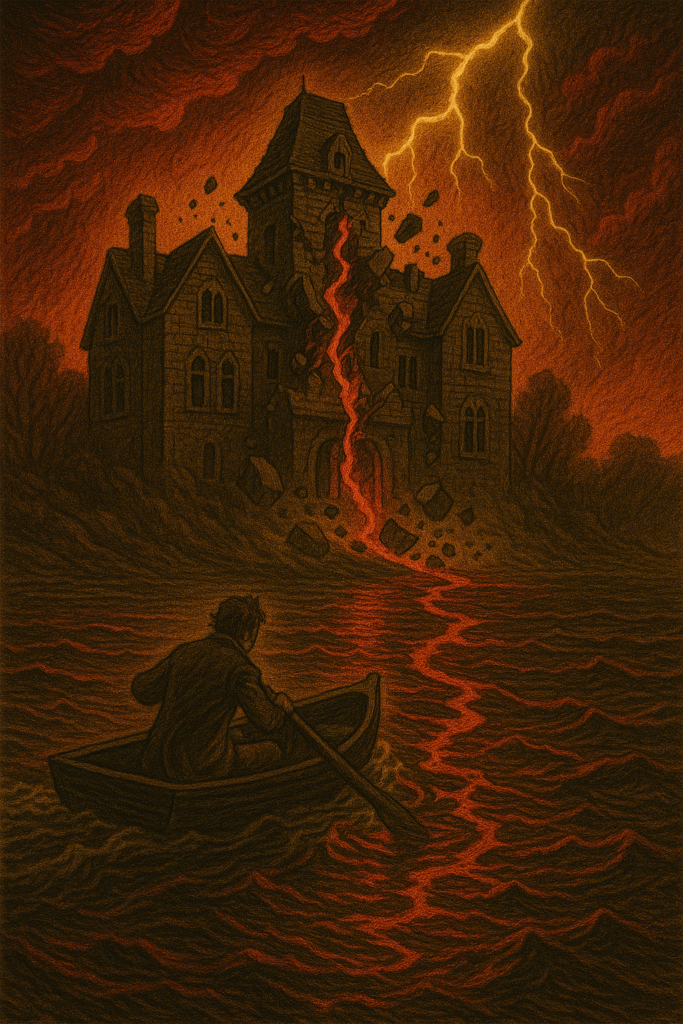
• In Fashion: Dark romanticism, from Victorian mourning wear to modern avant-garde couture, carries echoes of Poe’s themes.
• In Film and Photography: Cinematic lighting techniques—high contrast, sharp shadows—owe a debt to the visual mood Poe pioneered in prose.
Why Poe Still Matters
In both art and design, the challenge is to make form and feeling inseparable. Poe’s genius lay in his ability to do this with words, proving that the principles of design—balance, unity, proportion, and atmosphere—are universal across creative disciplines. Whether you are sketching a building, painting a canvas, or writing a poem, Poe’s work reminds us that every element must serve the desired emotional impact.
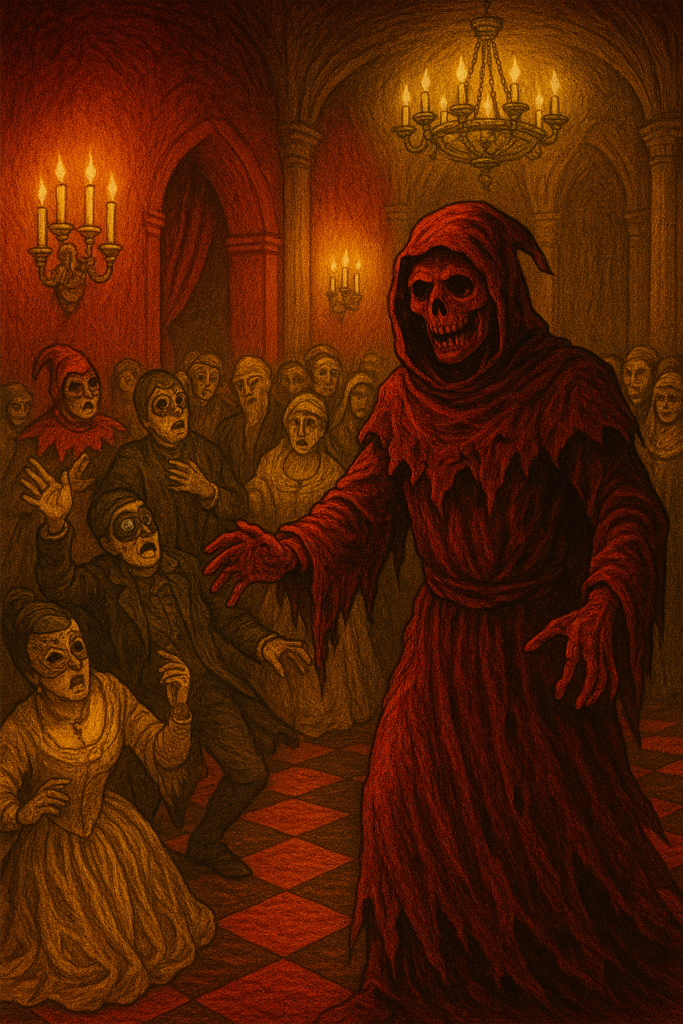
“There is no exquisite beauty… without some strangeness in the proportion.” – Edgar Allan Poe
Thanks for reading. Please sign up receive emails so you are alerted when I have a new blog post about art, design and literature.
For more: rkartandesign.com
